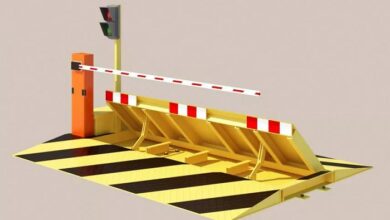Creating architectural drawings: rules and recommendations from experts

Architectural design begins with the development of drawings. Documents play an important role in the implementation of ideas and ensuring the accuracy of construction. Nowadays, feature extraction from construction drawings can be done without unnecessary problems. Let’s consider the features of creating drawings in architecture in more detail.
Defining the purpose
Before starting work, it is necessary to establish the purpose of creating a drawing. This is a floor plan, an external view of the building, a cross-section or an individual element. Each type of drawing has its own characteristics and requires special attention to specific details.
Choosing the right scale
Scale determines the relationship between the dimensions presented in the drawing and the actual dimensions of the object. The correct choice of scale, for example, 1:100 or 1:50, allows you to correctly display the dimensions and proportions. It is important that the selected scale is easy to perceive and matches the sheet format.
Compliance with standards
Architectural drawings must comply with current GOST standards. This implies the use of generally accepted symbols to indicate materials, dimensions and other parameters. Following the standards ensures that all project participants understand the drawing.
Ensure clarity and legibility
The drawing should be easy to understand. Use lines of varying thickness to highlight major and minor elements. The text should be clear and easy to read to eliminate the possibility of errors.
Logical organization
Organize the drawing in a logical sequence. Divide it into separate areas: floor plans, elevations, sections and details. This will help to avoid confusion and make it easier to perceive the information presented.
Accurate indication of dimensions
All major dimensions should be clearly marked with dimension lines and arrows. They should not overlap other elements of the drawing, so as not to disrupt clarity.
Additional explanations
Add text explanations to clarify complex areas or specific details. This information includes information about materials, construction technologies or design features.
Quality control
After completing the drawing, it is necessary to check for errors and inaccuracies. It is recommended that an external specialist perform the check to detect possible omissions.
Ask colleagues and customers for feedback on your drawing. This will help you find weak points and improve the quality of your work!



